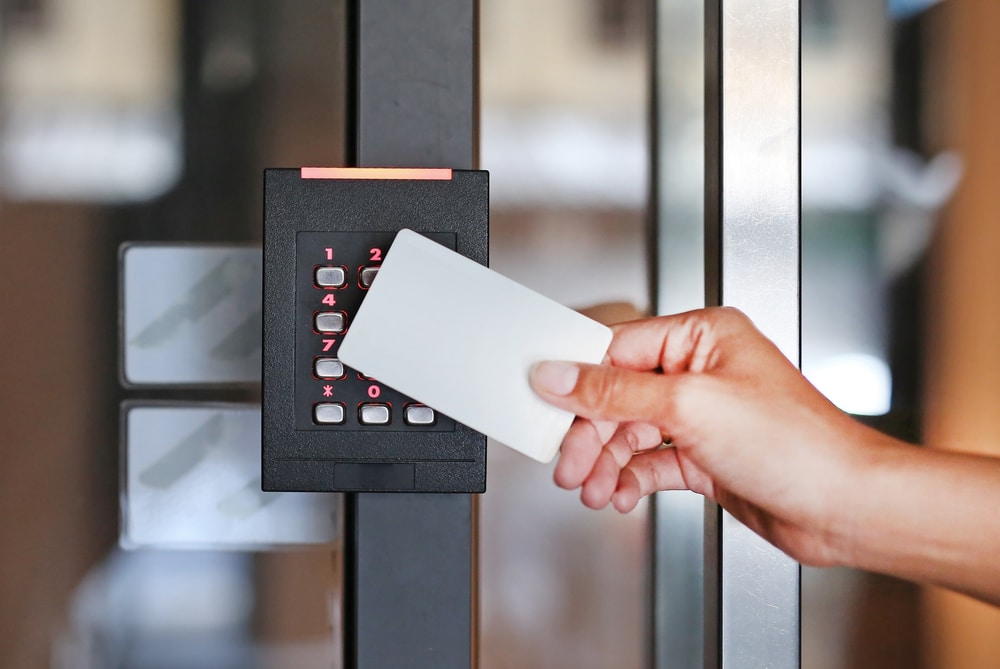While each workplace presents unique challenges, here are several general strategies to help reduce the risk of theft:
- Create a written security policy and security plan. Develop a written security policy and plan that assigns responsibility for security oversight, encourages awareness among employees, and outlines best practices for securing equipment, materials, and sensitive information.
- Collaborate with local law enforcement. Work on building a positive relationship with local law enforcement so they can help monitor your premises, particularly after hours, if need be.
- Establish procedures for employees to report theft or suspicious activity. Encourage reporting of theft or suspicious activity and maintain a detailed record of all security incidents.
- Conduct thorough hiring practices. Perform background checks on employees during the hiring process, and ensure that only authorized personnel have access to sensitive areas or equipment.
- Enhance physical security. Secure your workplace with appropriate measures like surveillance cameras, lockable storage, restricted access, and proper lighting. In high-risk situations, consider hiring security personnel. An access control system may also be of help, as outlined in our Implement a tracking system bullet below.
- Train employees. Ensure that employees are trained on how to handle and store materials, equipment, and sensitive information securely.
- Perform regular checks. Conduct regular audits of the premises, inventory, and equipment, particularly at the beginning and end of the workday, to ensure nothing is missing.
- Maintain detailed inventories. Keep thorough records of valuable equipment, including photos, serial numbers, and purchase dates, to make it easier to track or recover stolen items.
- Mark and label equipment. Clearly label equipment and valuable items to make them easier to identify and deter theft.
- Implement a tracking system. Use a sign-in/out system for tools, equipment, or sensitive documents to track their usage and whereabouts. In addition to security cameras, an access control system can help manage and monitor who has access to specific areas and can also record specific entry and exit times. An access control system is a security system designed to limit and control access to physical areas within a facility. It uses various forms of verification, such as personal identification numbers, key cards, fingerprints, or scannable badges to grant or deny access.
- Limit access to unneccessary items. Remove or limit access to tools, equipment, and materials that aren’t immediately needed, reducing opportunities for theft.
If theft does occur, it’s important to report the incident to the authorities. While recovering stolen items isn’t guaranteed, filing a detailed report helps establish patterns that could assist in future investigations and theft prevention. Include as much information as possible about the incident, such as what was stolen and when it occurred.
Additionally, report thefts to your insurance provider promptly to start the claims process. Your risk management team at Van Wyk Risk Solutions can provide advice on available policies to ensure your business has the appropriate coverage to protect against such losses.
Next Steps
For more information on how to prevent job site theft, contact us via the form below today. Check out our Business Solutions and Employee Benefits webpages to learn more about the solutions we offer to businesses like yours, and don’t forget to follow us on LinkedIn and like us on Facebook for more risk management tips and industry news!

